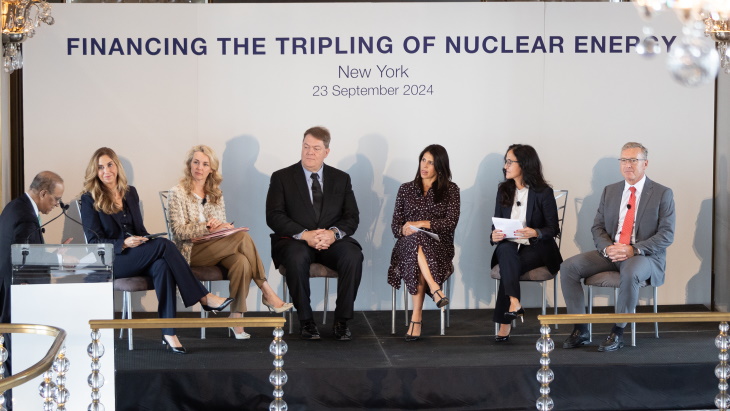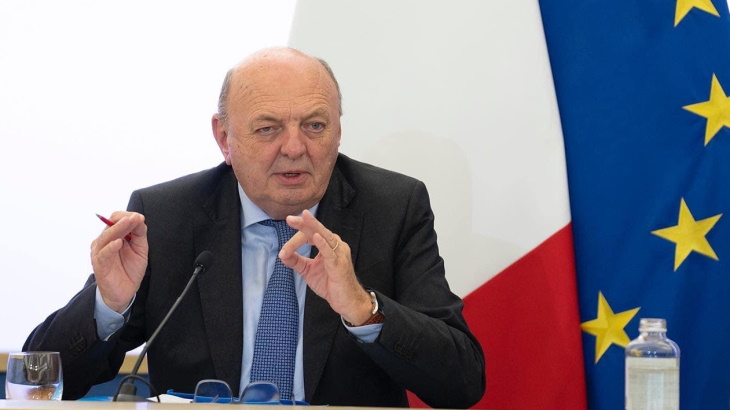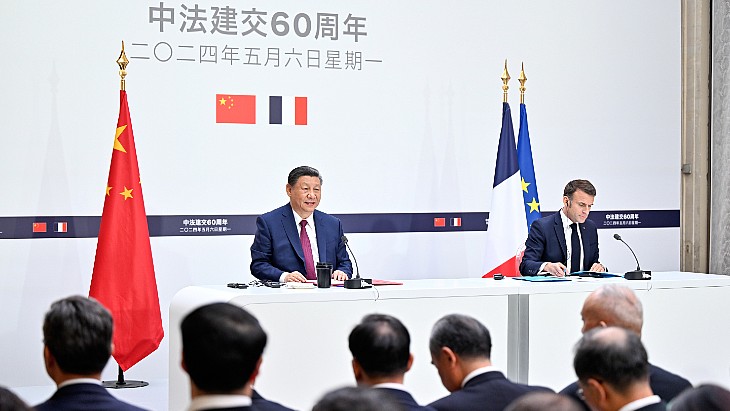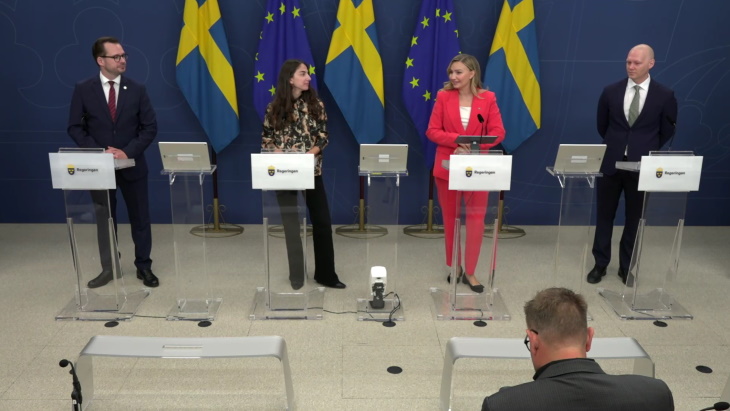Renewables experience could benefit US SMR deployment
.jpg)
Examination of Federal Financial Assistance in the Renewable Energy Market was prepared for the DOE's Office of Nuclear Energy by Kutak Rock and Scully Capital. It examines financial support from state, local and federal governments that was used to stimulate investment in the development of the renewable energy sector, particularly wind and solar, over the ten years from 2005 to 2015, and looks at how SMRs could benefit from similar forms of government support.
Current trends in the electric power sector present opportunities for SMR development as a flexible, carbon-free baseload generation source which can be built on a smaller scale than traditional nuclear plants, but challenges to commercial deployment must be overcome, the report finds. Federal financial assistance in the form of mandates, tax incentives, loans and research grants - similar to that made available to wind and solar in the past - can address these challenges.
To make a meaningful impact on commercial deployment of SMRs, incentives would need to be applied to several SMRs in combination with demand mandates to assure off-take, the report says. Construction of 6 GW of SMR capacity by 2035 - about 5% of total capacity additions over that period - would amount to 15 SMR projects with capacity of 400 MW each. The total cost to the federal government of incentives to support this would be about USD10 billion, it finds.
Wind and solar power received over USD51 billion between 2005 and 2015 in the form of mandates, tax incentives, loans and research grants, with a 26-fold growth in installed solar capacity and an 8-fold growth in wind capacity over that timescale. If the same kind of incentives were applied to SMR, the government could see an even stronger return on its investment, the report finds.
When viewed in terms of spending per unit of power produced in cents per kWh, the proposed support for SMRs compares favourably against the historic support for solar or wind because of SMRs' high expected capacity factors - 92.1% or over - and very long operating lives.
"Specifically, the USD10 billion assistance estimate equates to approximately USD0.0034/kWh. By comparison, the investments in wind and solar equalled approximately USD0.0108/kWh," the report notes.
This means the investment per kWh delivered by SMRs would be three times less expensive than the same historical support for wind or solar, the DOE said.
Next steps
The success of federal financial incentives for renewables presents a "promising model" of financial support for power project development, which could be applied to other innovative power technologies, the report concludes. "Federal expenditure for SMRs could be impactful even if on a smaller scale than the USD51 billion spent on solar and wind from 2005 to 2015," it says.
The commercial deployment of SMRs in the USA will nevertheless face significant challenges including the need to develop a "manufacturing ecosystem" for a new technology, the significant work still to be done to license and develop a working facility, and costs which may be high relative to other energy sources, the report notes.
In addition to existing federal support for SMR development, such as loan guarantees and an extension to production tax credits, the report suggests the next steps, including an in-depth examination of the potential market for SMRs, both domestically and for export; creation of a project-level business case; and the identification of potential obstacles to incentives that may require legislative action to be overcome.










_88592.jpg)

